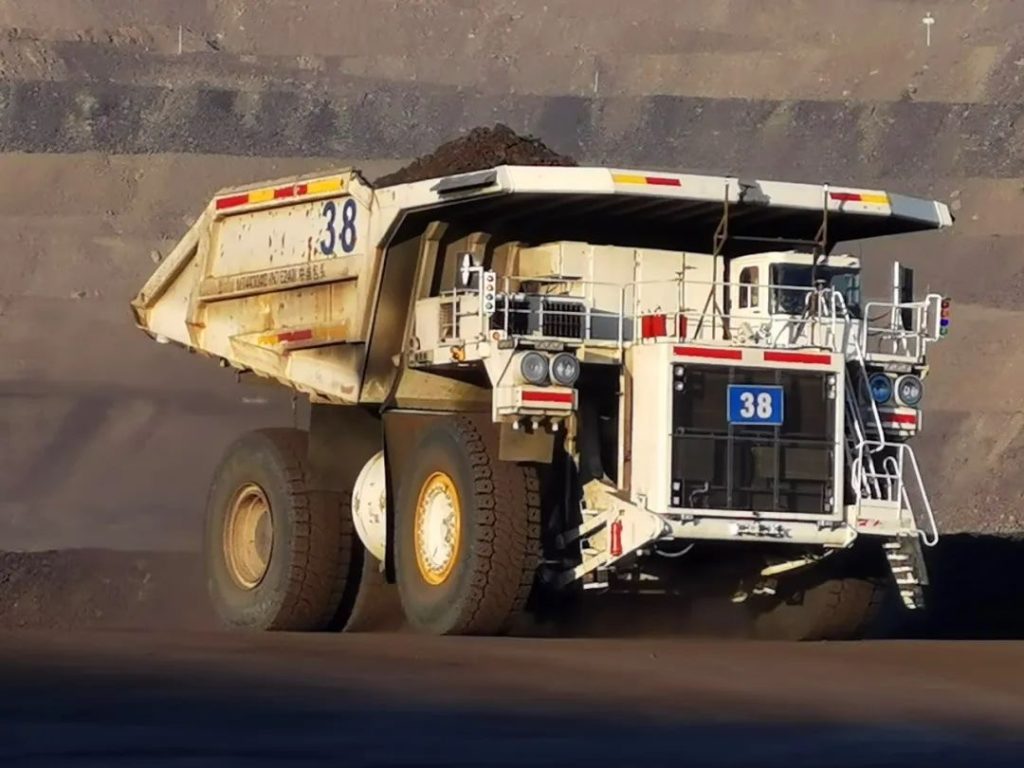On February 22, CHN Energy owned coal operation Shengli Energy accomplished the trial operation of unmanned mining trucks with both zero and full load, it said marking the fact that the company’s efforts of building intelligent open-cut mines had entered into a new stage. The unmanned control system for mining trucks realises autonomous operation of processes of mining, transportation, and dumping through establishing the ground, cloud-control, and vehicle-mounted systems.
The autonomous conversion has been applied for now on two NHL NTE240 220 t trucks by Chinese AHS specialist TAGE Idriver, which is a strategic partner with NHL but which has also been contracted to convert XCMG XDE240 220 t trucks to autonomy at the mine. The two trucks completed autonomous conversion which included onboard hardware, cloud control platform program upgrade, remote control cockpit debugging and sensing program calibration testing following by entering the Shengli mine 870# level unmanned test site. NHL has over 22 units of MT4400 & NTE240 mining trucks at Shengli.
The project adopts the domestically advanced solutions of unmanned transportation system, and integrates various sensing technologies including LiDAR, millimetre-wave radar, and GNSS positioning. In harsh conditions such as dusty environment, severe weathers including heavy rain, snow and fog, as well as gravel and bumpy roads, the LiDAR technology can help accurately identify small obstacles. At the same time, for the marshalling operation of mining trucks, the project uses a V2X communication system under the support of a 5G network to realise high-speed communication between unmanned trucks, electric shovels, auxiliary vehicles, and intelligent dispatching platforms with the support of 5G network.
The Shengli No.1 open pit coal mine is north of Xilinhaote City in Inner Mongolia at an altitude of 970-1,100 m. The mine is operated by Shenhua Nortel Victory Energy Co Ltd, a subsidiary of China Shenhua, itself owned by CHN Energy and has annual production capacity of 28 million tons with recoverable reserves estimated at 1.89 billion tons.











